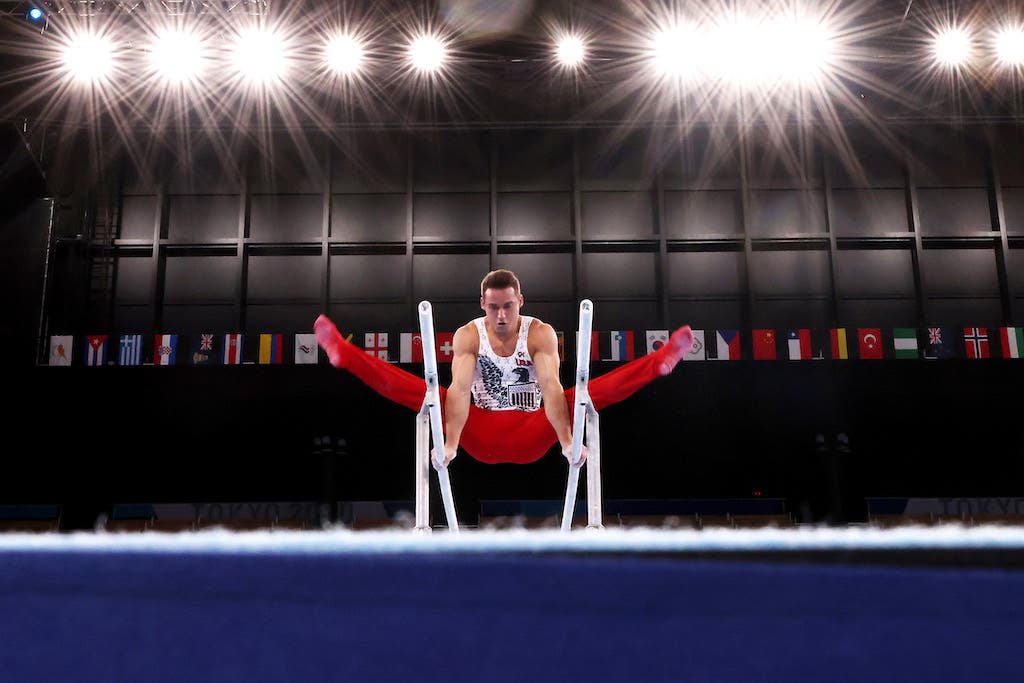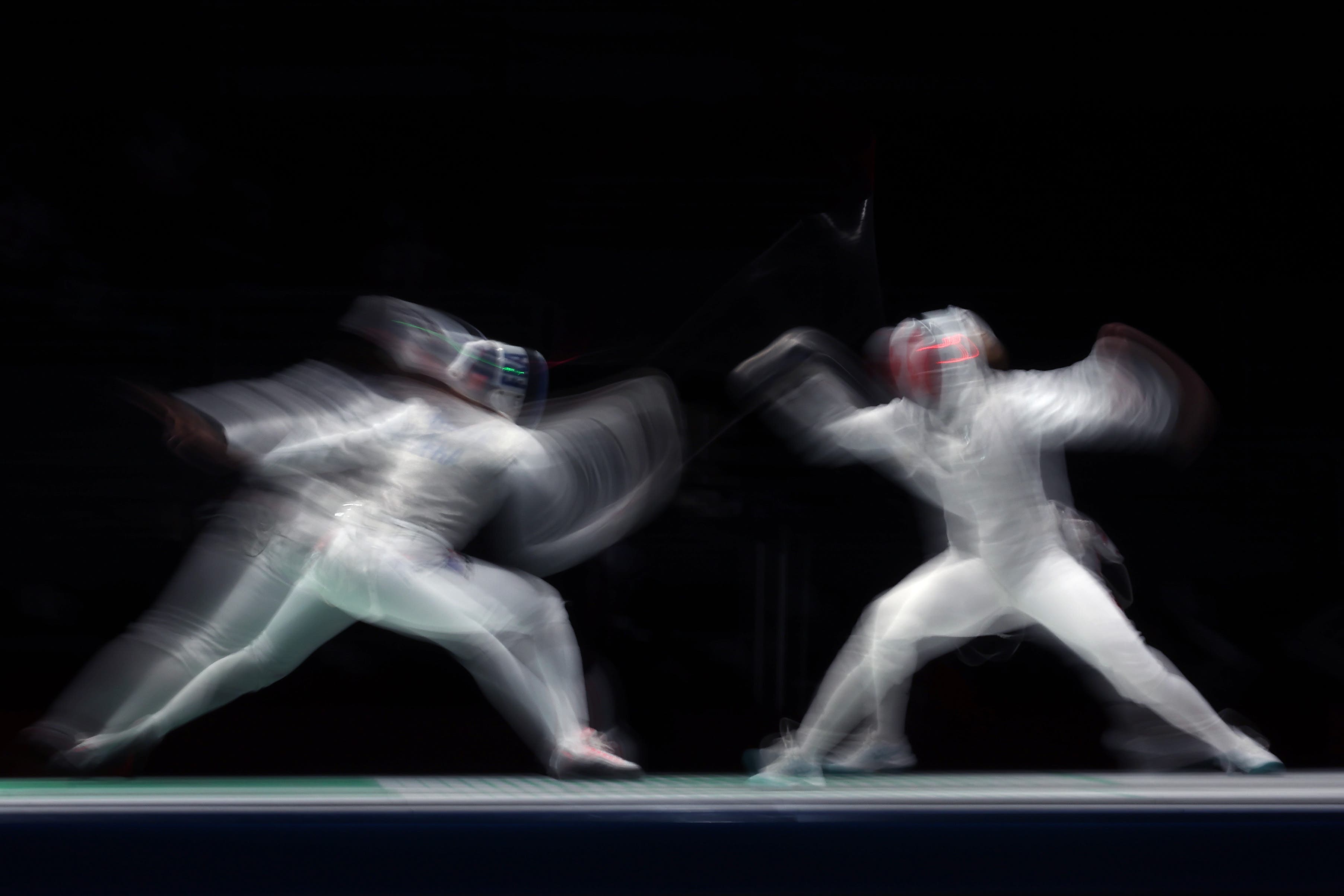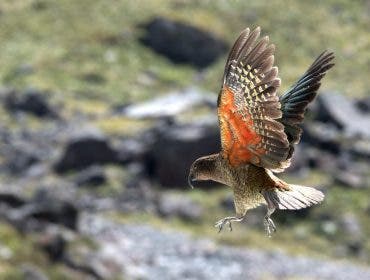This summer, I am thrilled to be heading off to cover my 11th Olympic games in Tokyo, Japan. I have only missed two since 1996: the Winter Games in Torino when my daughter was born, and Sochi in 2014. I have been so fortunate in my career to be able to cover the Olympics on behalf of Getty Images. Getty is the official International Olympic Committee (IOC) photographers and the leading photo agency throughout the world. Needless to say, even though there is some pressure, it is a privilege to be photographing the Olympics.
The Olympic Games is the ultimate sports photo assignment. I remember being so lost at my first event in Atlanta. There are things to learn, such as where one’s accommodations are in relation to the Main Press Center. You also need to know the Olympic transport bus schedule, and when to show up for an event. Along the way, I have learned some things that might provide insight into how sports photographers cover such a big event.
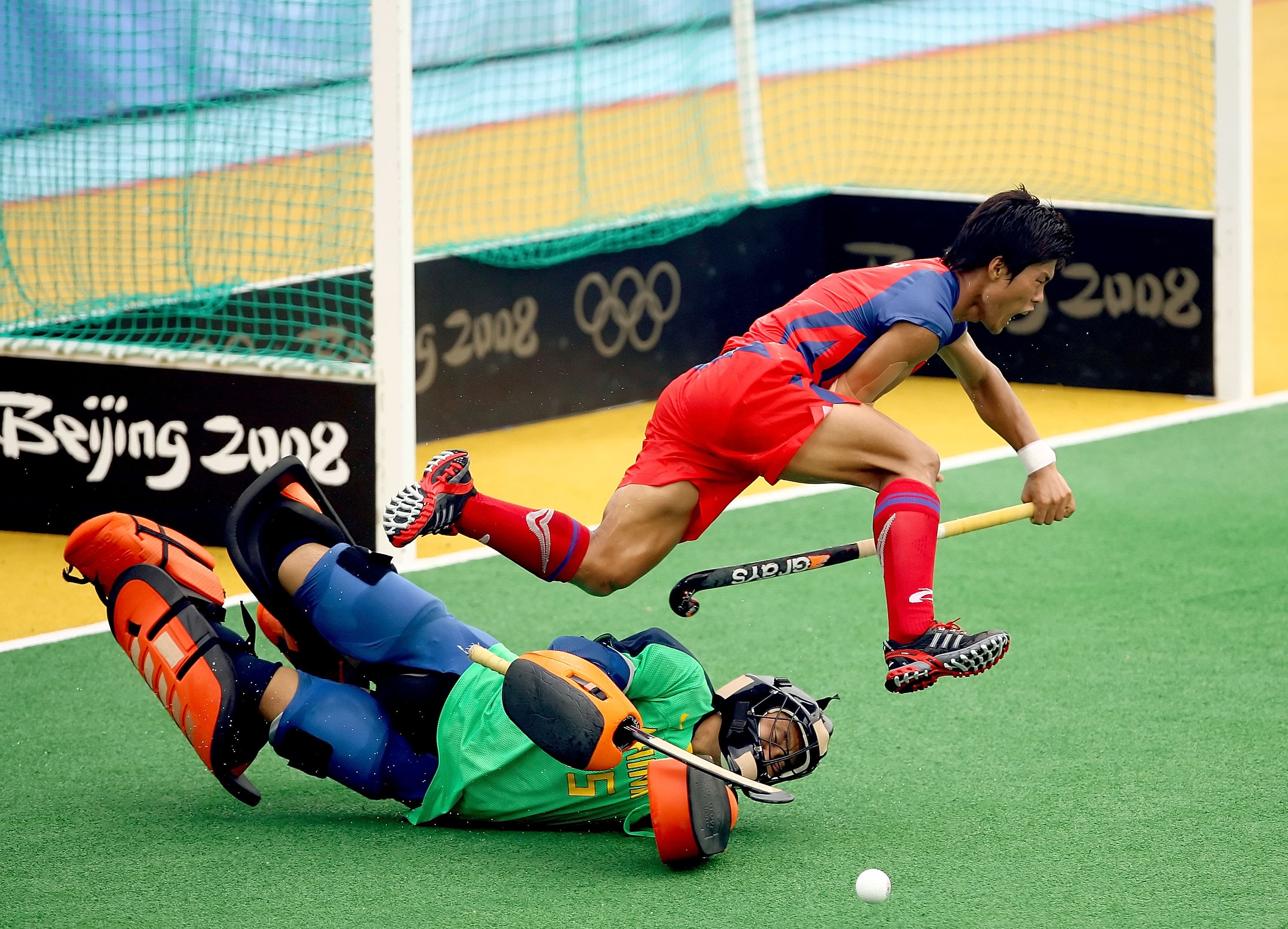
Pack light
Only bring what you can carry. There is always a tendency to overpack or bring too much clothing or gear. It is true that different sports require different lenses. Although, there is a host of support for photographers at the Olympic Games. The big camera companies have offices within the Main Press Center. For example, one may check-out a 600mm f4 lens for the day they are covering track-and-field. Nikon, Canon, and now Sony are very generous about lending gear to help photographers successfully cover the event. There are laundry services which allow one to drop clothes in the morning and pick them back up in the evening. Many Olympic cities have great subway systems and public transportation. Travelling a bit lighter allows a typical photographer to get around much easier.

Get in shape
The Olympics is an endurance event for the photographers as well. On any typical day, I might be given three assignments. The first — let’s say swimming preliminaries — might start at 9 a.m. This means I would wake up at 6 a.m., grab a quick breakfast, and jump on the Olympic transport bus to the swimming venue to be in position 45 minutes before the start time. The event might last three or four hours. Assuming it ends at 1 p.m., that leaves little time to hustle over to my second event of the day — let’s say boxing — which might start at 2 p.m. That session again goes for three to four hours. This can continue for up to three assignments per day.
Once finished for the day, I would then return to the media village. I would be hungry so I would head to the bar, grab a bite and a few beers, catch up with colleagues, and maybe get to bed by 2 a.m. Then, I would wake up at 6 a.m. the next day and do it all again. Most days are like this. So, after the first few days, I try to get into a rhythm. Although, I am generally working 20-hour days and getting only about four hours of sleep per night. It definitely helps to be in physical shape in order to get through three weeks at this pace.

Do your homework
There’s nothing worse than showing up at an event without knowing anything about the event or who to photograph. A little preparation goes a long way. A quick google search might tell you who the top competitors are in that particular sport so that you don’t waste time photographing the wrong athletes. That said, some photographers are there to photograph certain people. For example, a photographer covering the Games for a Mexican newspaper might only be interested in Mexican athletes regardless of how they finish in a particular event. Many times, photographers sitting next to each other have completely different assignments. If you go in blind without doing any research, you might be sorry with your resulting photographs.
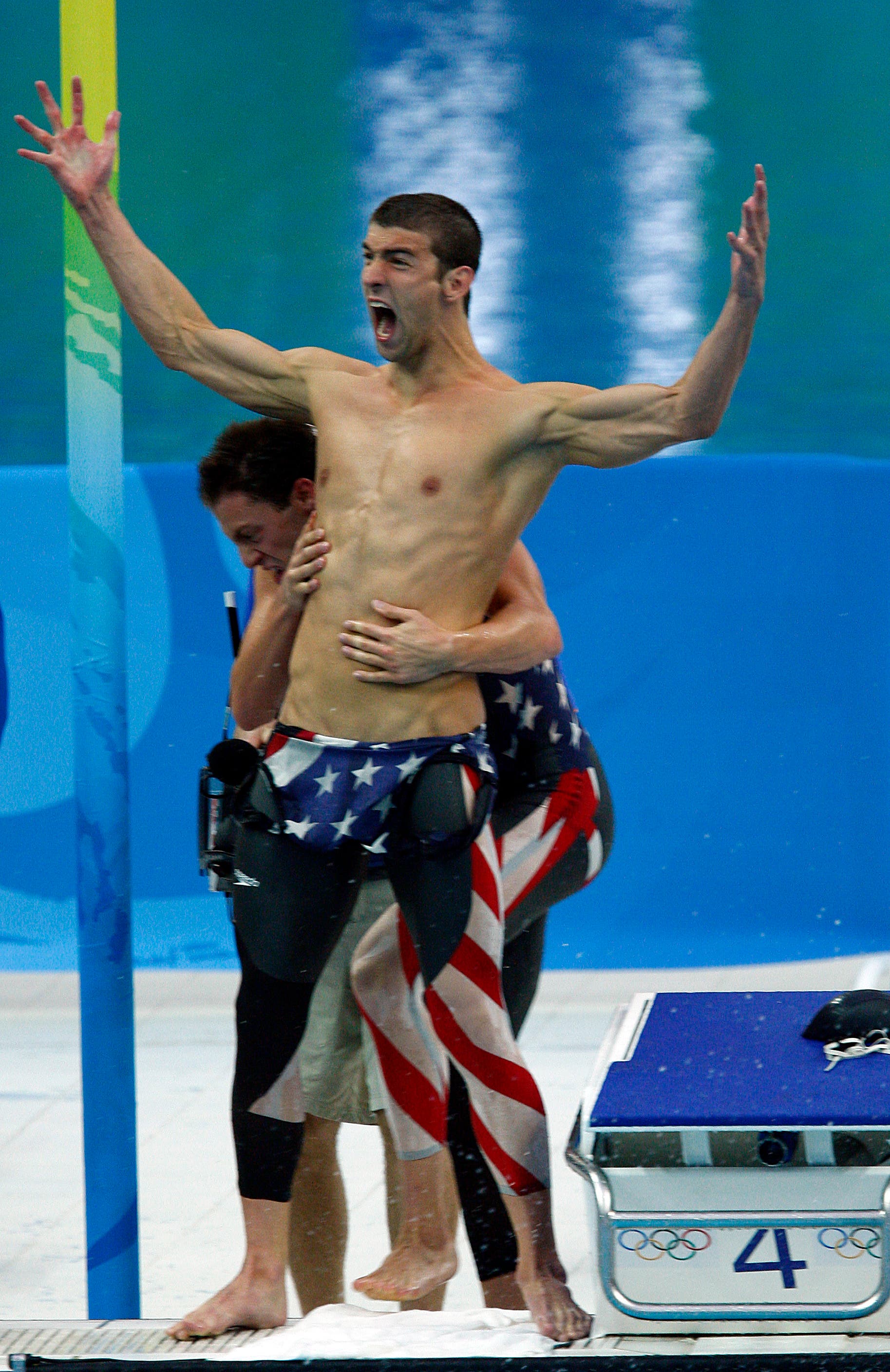
Get to know the Photo Managers
Each venue has a dedicated Photo Manager in charge of overseeing the photo positions and all aspects of the photographers’ experience at the Olympics. It is helpful to get to know these people. In the past, a Photo Manager has given me an invaluable tip that resulted in a better picture. This is because they are more familiar with the building, where we can and cannot be, and the athletes competing in that particular sport.

For example, I was covering fencing at the Summer Games in Athens. Fencing is a sport that really only gains attention once every four years. A lot of people — let alone photographers — have no idea what makes a good fencing photo. There are nuances that might get missed if you don’t know the sport. On this particular day, the Photo Manager came up to me and told me that the Hungarian would probably win the gold medal. He said that if she wins, her team will lift her up and toss her into the air. He suggested I cover the match from the opposite side as that would be the best angle for the reaction.
When I looked at the venue floor, many photographers were on the front side of the event floor. The Photo Manager told me to go to the back side. I was the only one on that back side. It seemed counter-intuitive at first. Although, as the Hungarian woman won, she turned back towards me and they indeed threw her up in the air. It made for a nice reaction photo. Everyone else missed it because they were in the wrong position. The Photo Manager had made that picture successful.
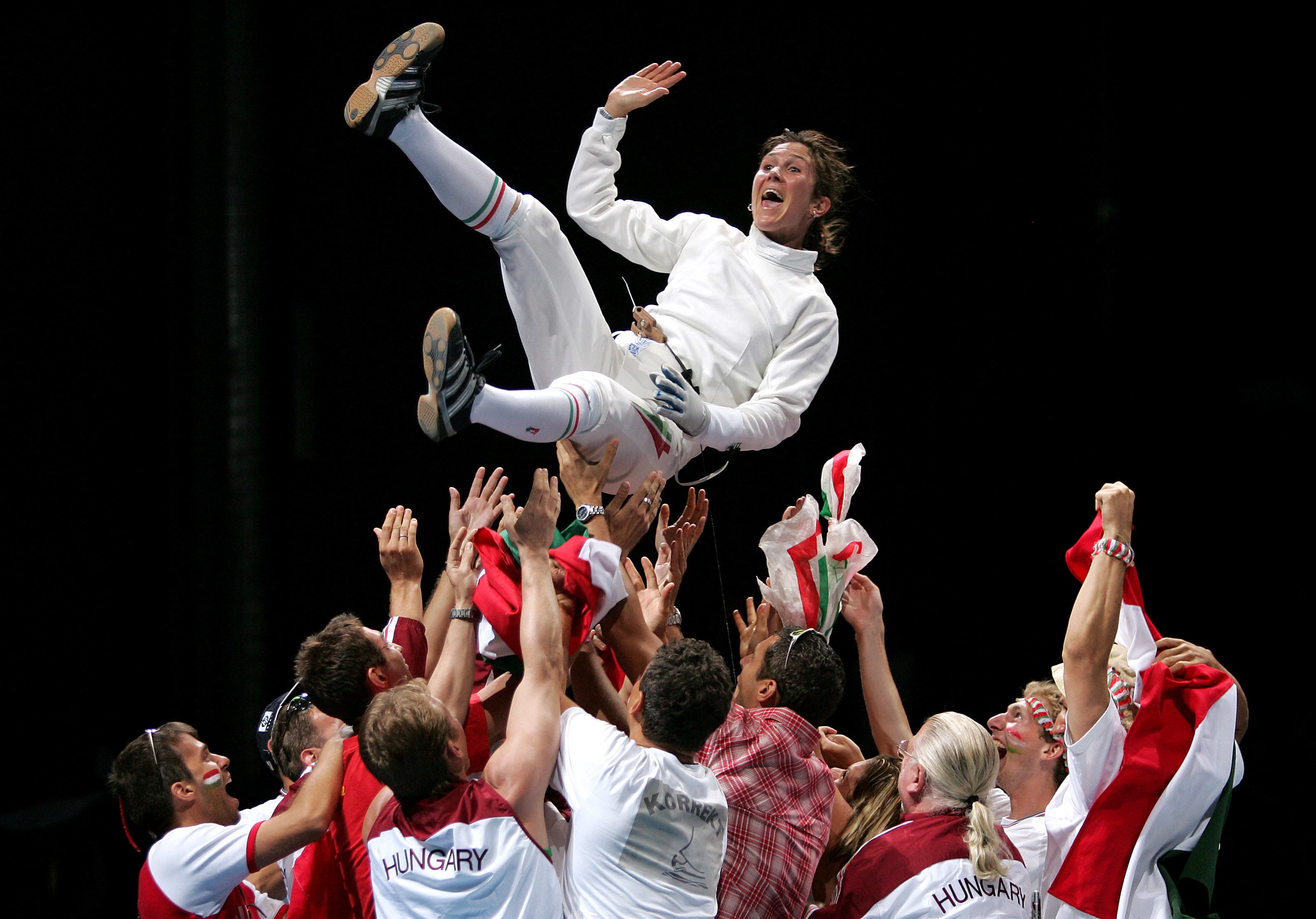
One way that we at Getty separate ourselves from the other photographers is our advance preparation. We are flown into the Olympic city typically ten days before the Opening Ceremonies. In those ten days, we travel out to the venues and get to know the Photo Managers in advance. We learn which photo positions are available, possibly negotiate installing remote cameras, and generally learn the lay of the land. That way, when we return for an event during the actual Games, the Photo Managers know us and are more likely to help us capture better pictures than if we were to walk in cold.
Once again though, different photographers are doing different things while covering the Olympics. A newspaper photographer covering the Games might be interested in their local story. The Hungarian winning the gold may be no interest to a Texas newspaper looking to document the local Texas athlete’s performance. But, in general, Photo Managers can be the difference between coming away with a good picture or a great one.
Enjoy yourself
The Olympics is a lot of work. Covering the Games is stressful for any number of reasons. Aside from the actual photography, you might be editing your images as well. There is a lot that can go wrong such as lack of internet, missed transportation, broken gear, and even missed moments. It can be grueling. Although, I have made lifelong friends within the trenches covering past Olympic Games. When you can look around and realize that you are covering history, it helps to step back, take a breath, and enjoy. Photographing the Olympics may sound full of glory, but it is also tough. The reward, though, is coming away with a nice set of pictures that you and your employer are pleased with.

This summer in Tokyo is unique in lots of ways. As a departure, due to the COVID restrictions, Getty photographers will be covering the Games in a different way. This Olympics, we plan to assign photographers to individual sports which we will cover for the duration of the event. The restrictions have made it difficult to jump around from event to event. Regardless, I am thrilled to be a part of such a big event. I will pack light, be in shape, do my homework, befriend the people that can help me, and generally enjoy myself at the biggest international sports event in the world.




